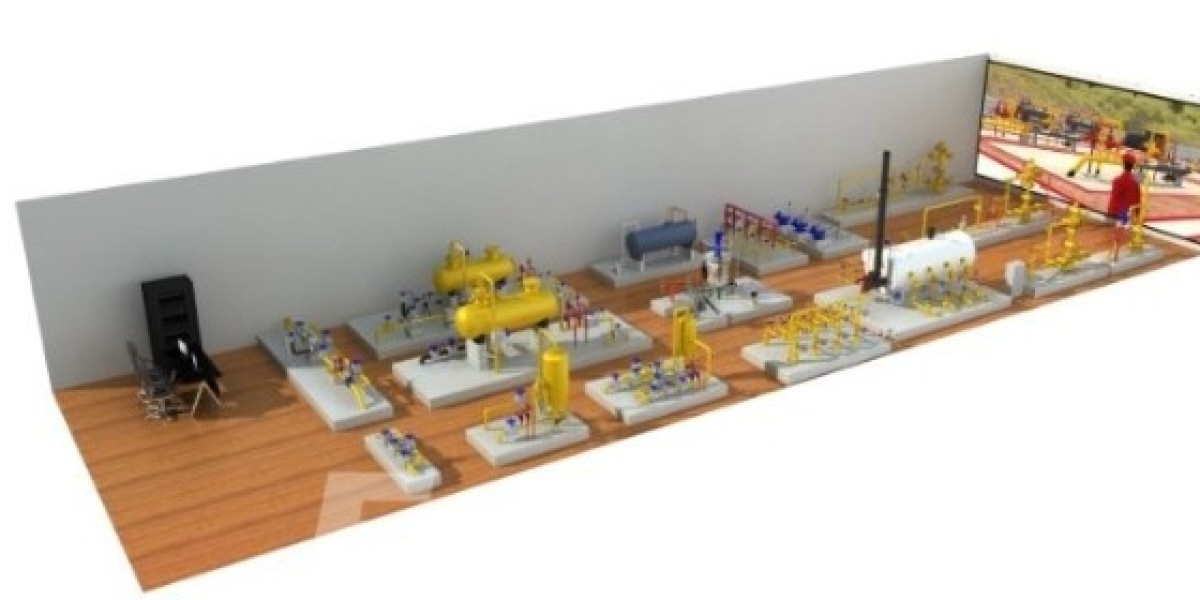Gas Production Simulator
A gas production simulator is a computer program that models the flow of gas and other fluids through a reservoir. The simulator takes into account a variety of factors, including the reservoir's geology, fluid properties, and well production rates. The simulator can be used to predict the reservoir's performance over time and to evaluate different production strategies.
How Simulation is Used to Develop Gas Production Optimization Strategies
Simulation can be used to develop gas production optimization strategies in a number of ways, including:
l Identifying bottlenecks: Simulation can be used to identify bottlenecks in the production system, such as wells with low productivity or pipelines with high-pressure drop. Once the bottlenecks have been identified, engineers can develop strategies to address them.
l Evaluating production strategies: Simulation can be used to evaluate different production strategies, such as infill drilling, well recompletion, and enhanced gas recovery (EGR) methods. The simulator can be used to predict the impact of each strategy on production and profitability.
l Optimizing production parameters: Simulation can be used to optimize production parameters, such as wellhead pressure, choke size, and injection rates. The simulator can be used to identify the optimal parameters to maximize production and profitability.








